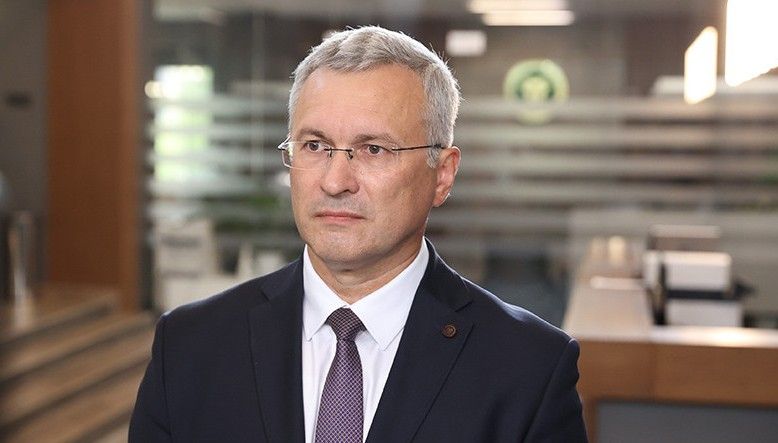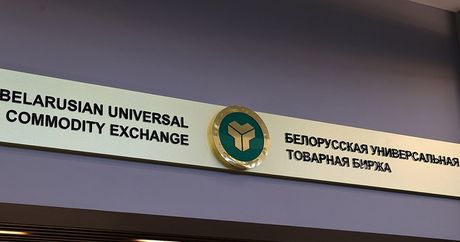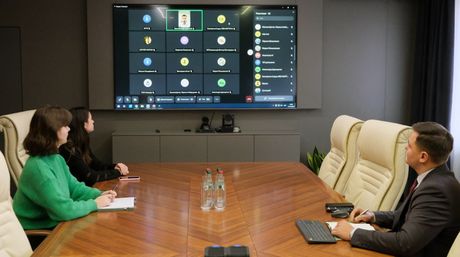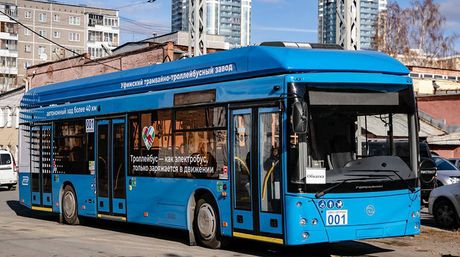Belarus' experience of using exchange trade instruments to regulate prices presented in Moscow
18:12, 10 November

Photo: BelTA
Belarus' experience of using the mechanism of exchange trading to level out negative processes in the economy and ensure its sustainable development was presented at the 7th international conference "Antimonopoly Policy: Science, Practice, Education" at Skolkovo Innovation Center in Moscow on 9-10 November, BelTA learned from spokesman for the Belarusian Universal Commodity Exchange (BUCE) Roman Yaniv.
- Share on Facebook
- Share on VK
- Share on Twitter
The event was organized by the BRICS Competition Law and Policy Center, the Federal Antimonopoly Service of Russia and the Skolkovo Foundation.
Speaking at the session "Development of exchange trade in the BRICS countries", Chairman of the Board of the Belarusian Universal Commodity Exchange Aleksandr Osmolovsky spoke about the use of exchange instruments to address important tasks such as curbing inflation, smoothing price fluctuations in the domestic market and creating favorable conditions for export growth.
"The use of price corridors with fixed upper or lower limits allows us to effectively eliminate excessive volatility in almost any segment of the commodity market. For example, last year, during the period of rush demand for timber, we managed to quickly stabilize prices for domestic consumers by setting a upper limit for sellers. As a result, all bids with artificially inflated prices were automatically dropped.
Similarly, the exchange prevents the sale of Belarusian goods abroad at an undervalued price. For example, when exporting dairy products, we have a price corridor with the lower limits, so bidders cannot sell milk powder or butter at a price below the market. The trading system will simply not let in such requests for sale,” Aleksandr Osmolovsky said.
The BUCE head noted that in addition to price corridors, the mechanism of the exchange trading, based on the law of supply and demand, helps to regulate prices. “The essence of the exchange is competition. Applying this tool, we can contribute to lowering or raising the price level. For example, when holding auctions in ferrous metals we try to ensure maximum concentration of supply, thereby helping the Belarusian industrial enterprises save on purchases of raw materials. On the other hand, in the case of export, we attract as many foreign buyers as possible to the auction. As a result, the cost of goods increases and our manufacturers get additional profits. A good example is the Belarusian sugar refineries, which were able to sell beet pulp and molasses almost 1.5 times more expensive than under direct contracts thanks to the exchange,” said Aleksandr Osmolovsky.
Founded in 2004, the Belarusian Universal Commodity Exchange conducted its first trading session in June 2005. BUCE is one of the largest commodity exchanges in Eastern Europe. Its main function is to assist Belarusian enterprises with export and foreign companies with entering the Belarusian market. BUCE sells a wide range of metal, forestry, and agricultural products, industrial and consumer goods.






